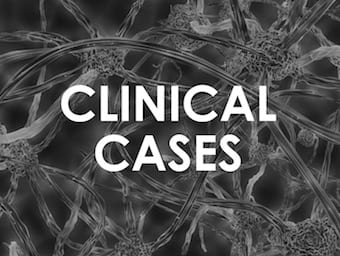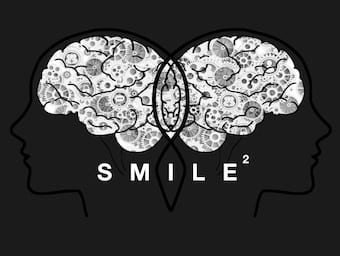
Pregnant and Acidotic
A pregnant patient has pneumonia. There are also concerns that she has a metabolic acidosis. Can you solve this metabolic muddle?

A pregnant patient has pneumonia. There are also concerns that she has a metabolic acidosis. Can you solve this metabolic muddle?

76 year old male living alone. Found obtunded at home by neighbours. Breathing rapidly and muttering incoherently. No other history available. CATMUDPILES?

Gizmo idolatry refers to the general implicit conviction that a more technological approach is intrinsically better than one that is less technological unless, or perhaps even if, there is strong evidence to the contrary.

Funtabulously Frivolous Friday Five 074 - Just when you thought your brain could unwind on a Friday, some medical trivia FFFF.

Funtabulously Frivolous Friday Five 076 - Just when you thought your brain could unwind on a Friday, some medical trivia FFFF.

Funtabulously Frivolous Friday Five 073 - Just when you thought your brain could unwind on a Friday, some medical trivia FFFF.

Funtabulously Frivolous Friday Five XMAS - Just when you thought your brain could unwind on a Friday, some medical trivia FFFF.

Funtabulously Frivolous Friday Five 062 - Just when you thought your brain could unwind on a Friday, some medical trivia FFFF.

Funtabulously Frivolous Friday Five 064 - Just when you thought your brain could unwind on a Friday, some medical trivia FFFF.

Funtabulously Frivolous Friday Five 060 - Just when you thought your brain could unwind on a Friday, some medical trivia FFFF.

Funtabulously Frivolous Friday Five 061 - Just when you thought your brain could unwind on a Friday, some medical trivia FFFF.

Funtabulously Frivolous Friday Five 058 - Just when you thought your brain could unwind on a Friday, some medical trivia FFFF.